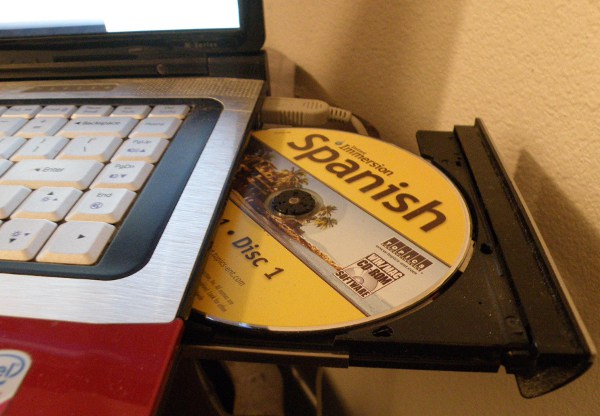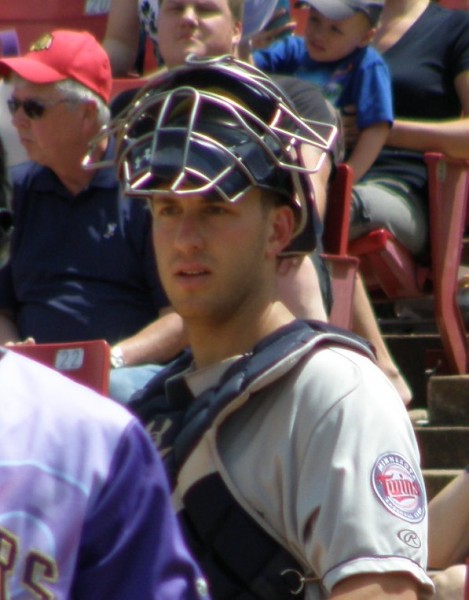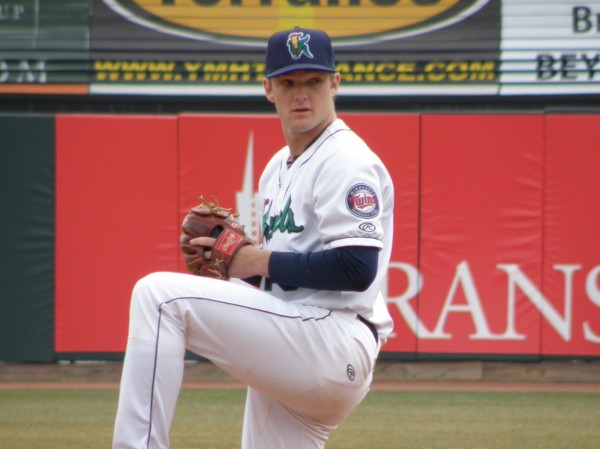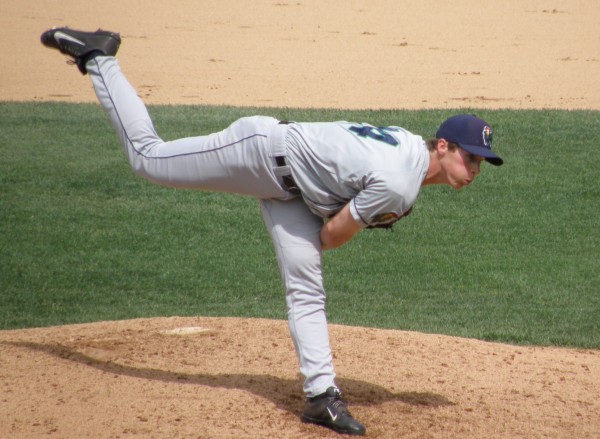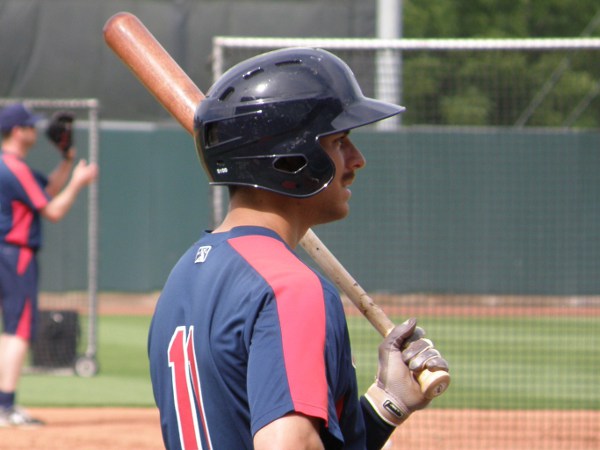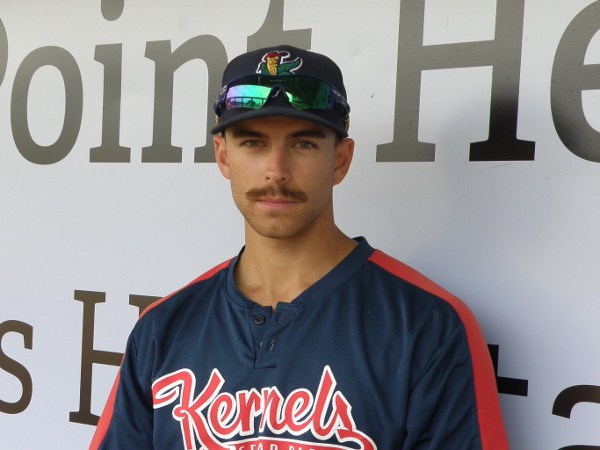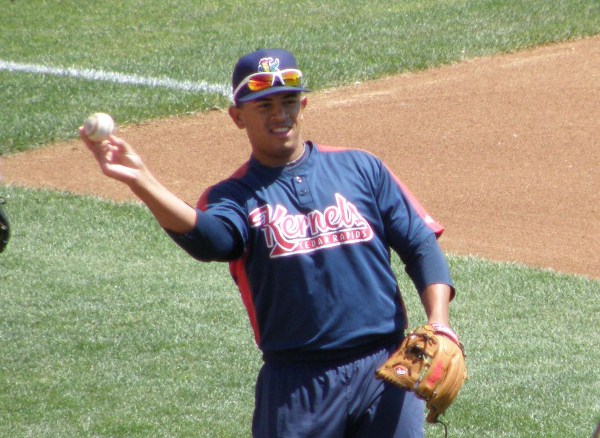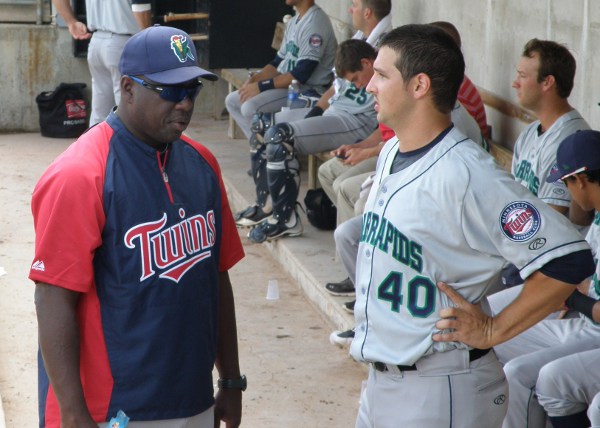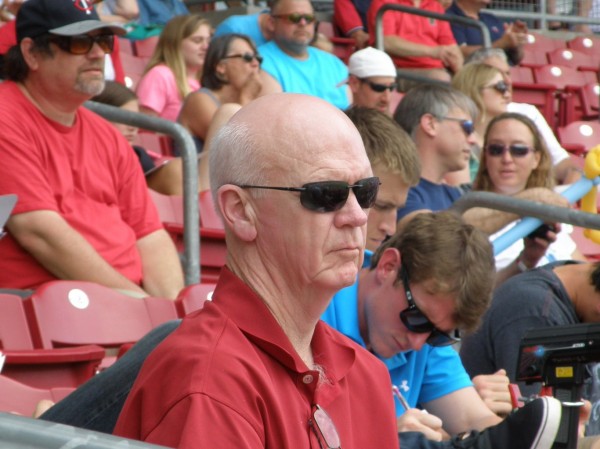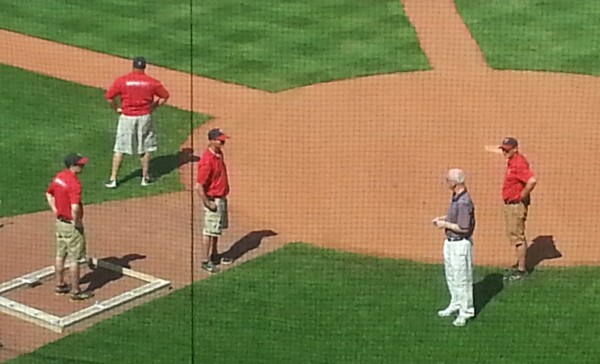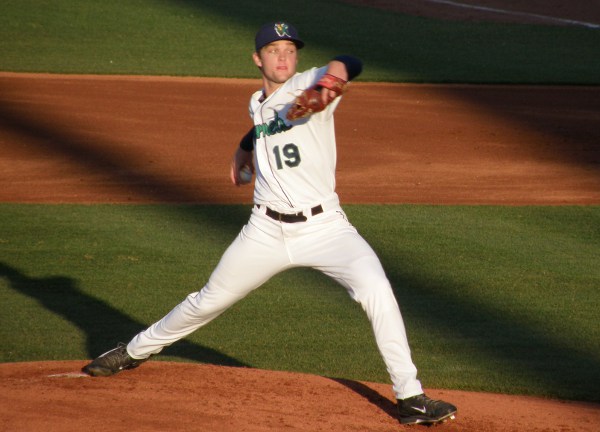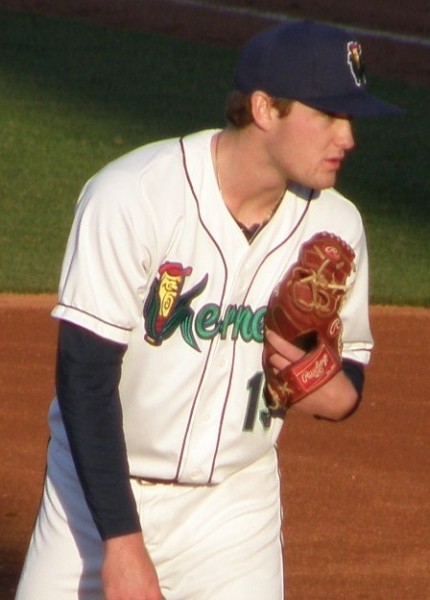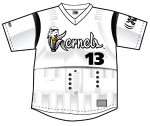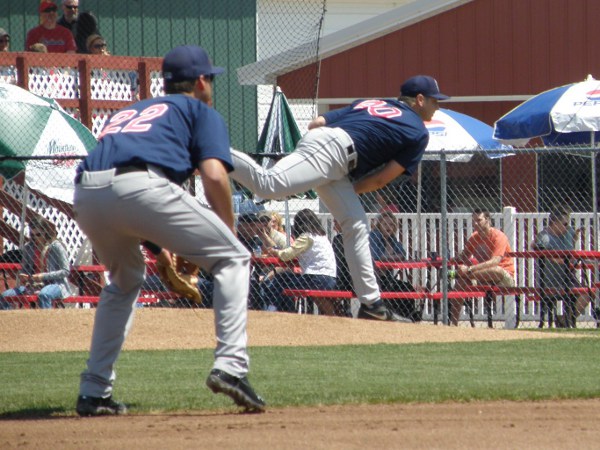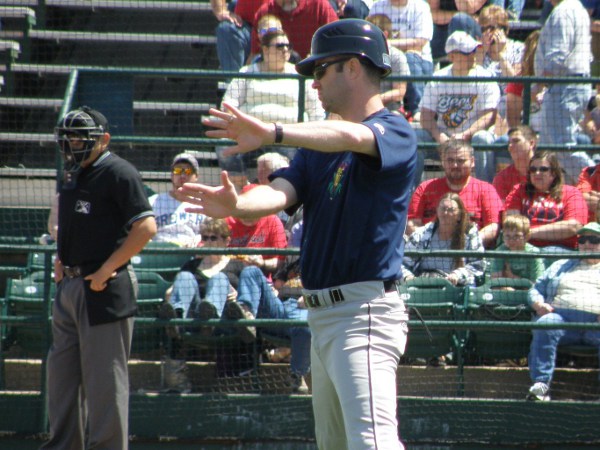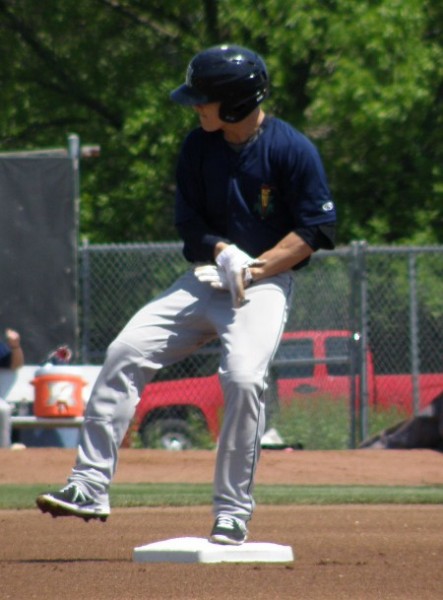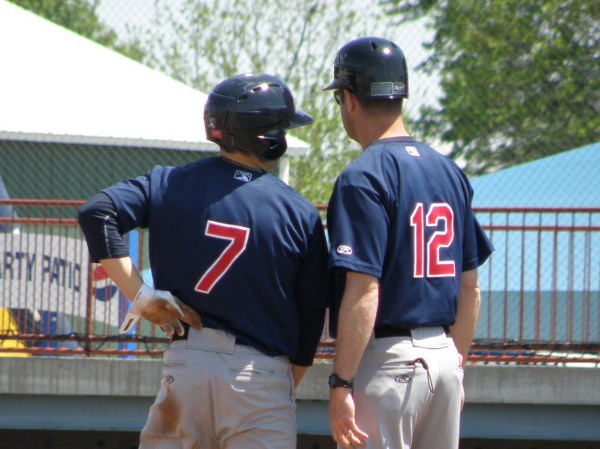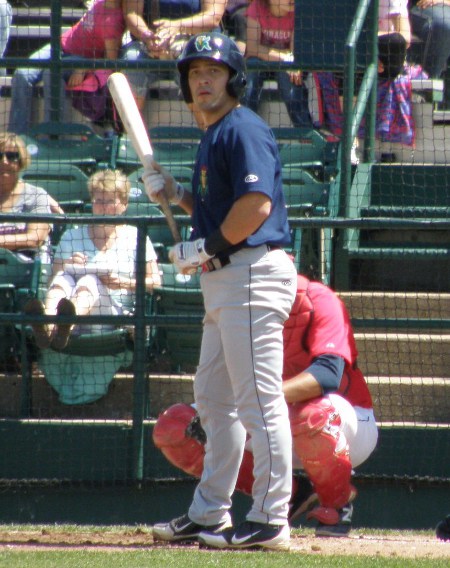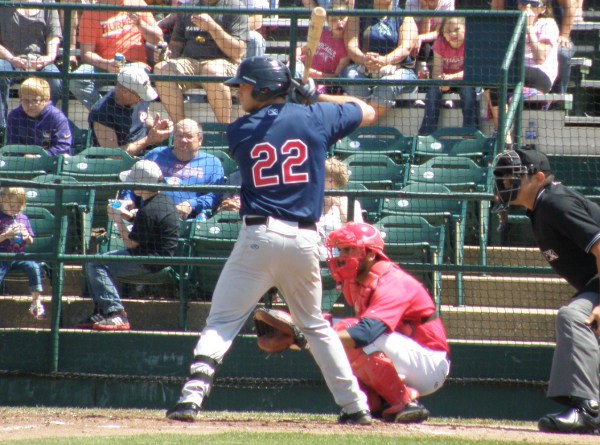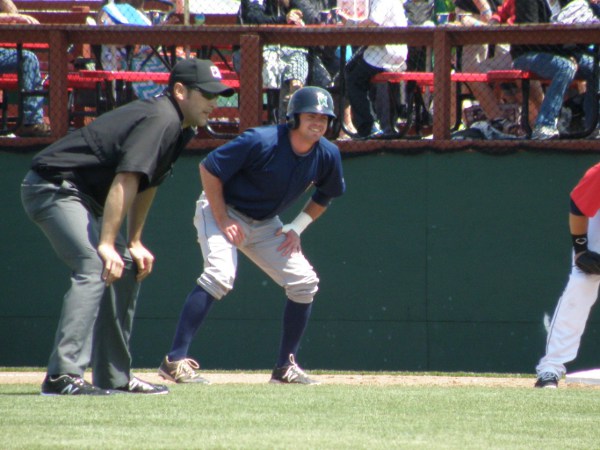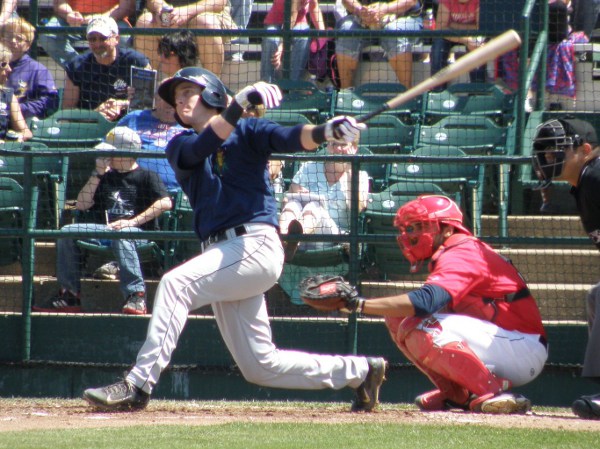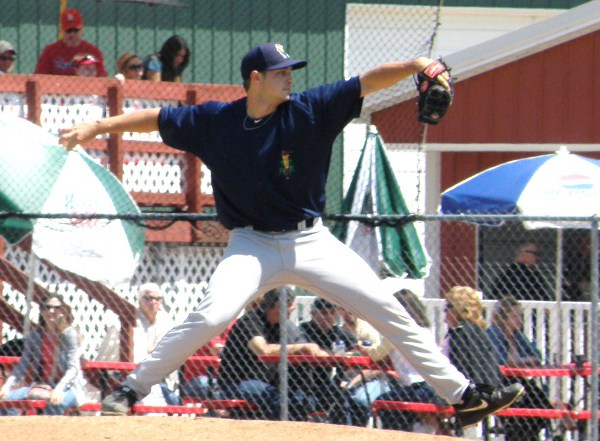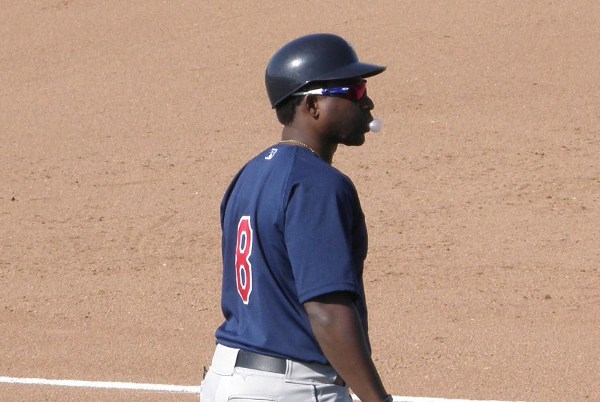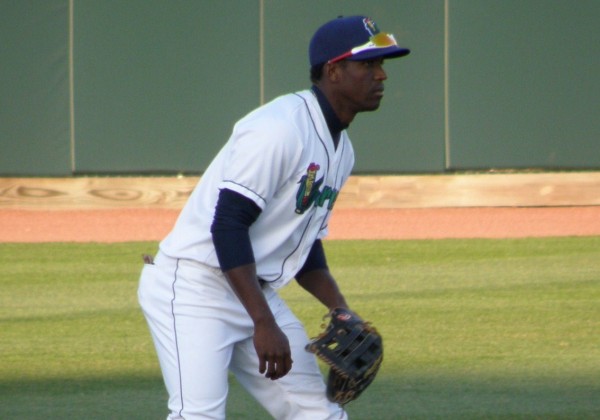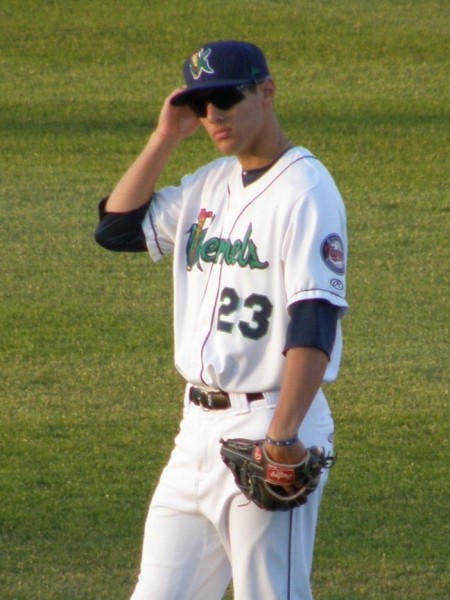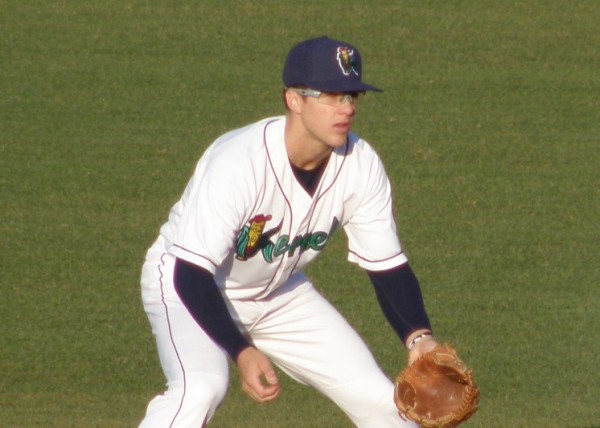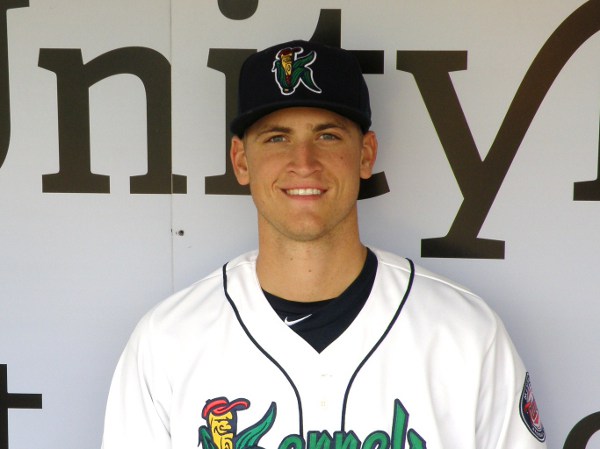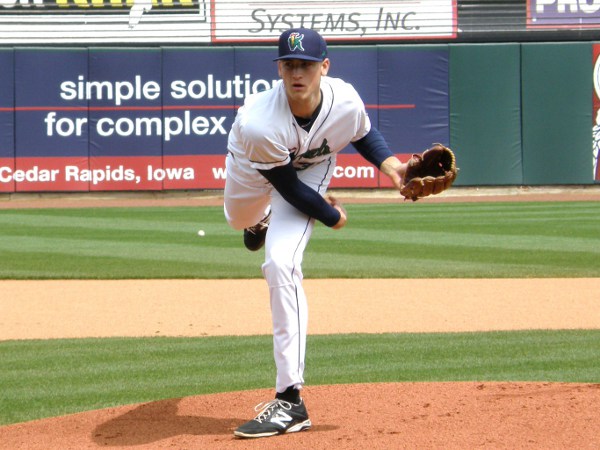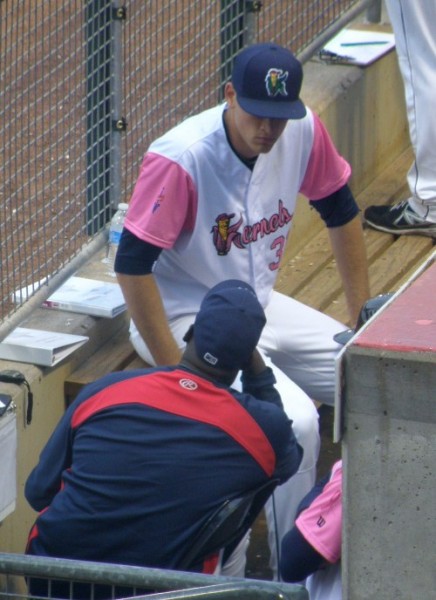A little over a year ago, I sat in the Cedar Rapids Kernels dugout before a Sunday game and did an interview with then-Kernels infielder Jorge Polanco – the same Jorge Polanco that just spent the past weekend wearing number 11 for the Minnesota Twins.
I’d been told that, of the Kernels’ Latin American players, Polanco was one of those most familiar with the English language. Since the only familiarization I have with a foreign language comes from the two years of high school French class that I nearly flunked out of over 40 years ago, it seemed like a good idea to interview a player who knew my language better than I knew his.
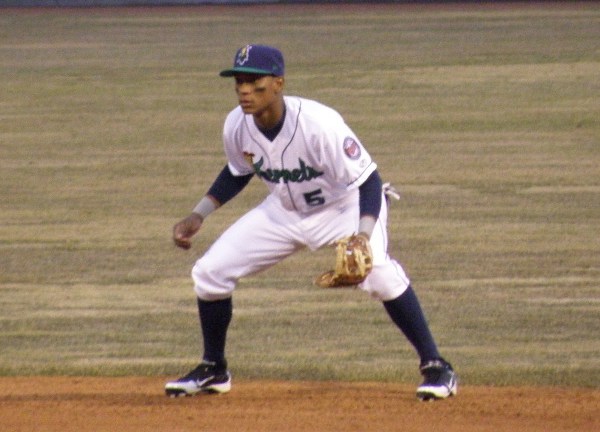
Polanco was very accommodating. I approached him after the team worked out that day and asked if he had some time to talk. He said he did, but asked if we could do it after the brief chapel service players have on Sundays. After chapel, we met and sat in the dugout for the interview.
The interview didn’t go particularly well and, unfortunately, I didn’t feel I had enough material to turn it in to something I could post at the time.
I had only been covering the Kernels for a couple of months at that time and, frankly, my interviewing skills weren’t very strong. I’m not sure I’d say they’re particularly strong now, either, but I’m better at it than I was that Sunday afternoon with Polanco.
I asked him what he felt the biggest difference was between his experience at Elizabethton (TN) with the Twins’ short-season rookie level team the year before and his season in Cedar Rapids.
“More fans,” Polanco responded. “A lot of fans.”
Neither of us knew then, of course, that just over a year later, he’d be playing ball in front of a crowd ten times larger than what he was seeing in the Cedar Rapids stands.
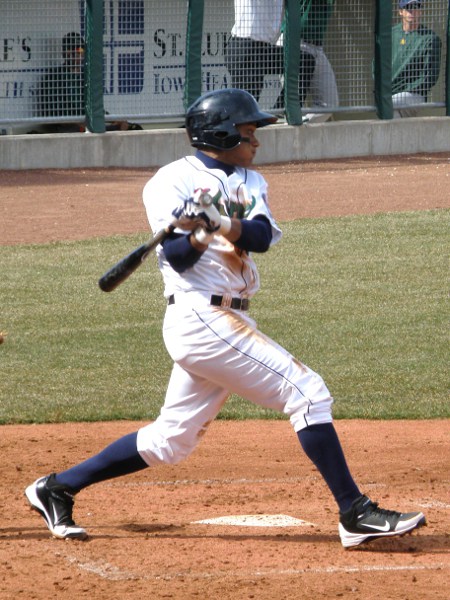
We talked some about his home town, San Pedro de Macoris in the Dominican Republic. A “good town to live there,” according to Polanco, and about his favorite Major League player.
“Robinson Cano,” Polanco replied immediately. “I like the way he plays. I would like to be like him. He’s a good person.”
I also found out during the conversation that the then-19 year old spent his time away from the ballpark in much the same way other 19 year olds spend their idle time.
“I like to watch TV and play Playstation3 video games,” he said.
Then he added, “I like to play pool.”
Asked if he was any good at it, he smiled and simply said, “Yes.”
Unfortunately, he added that he had not yet found a place to play pool in Cedar Rapids. I imagine that probably didn’t change much during the summer, since it might be difficult for a 19 year old to get in to most public establishments with pool tables around here.
Toward the end of our conversation, we talked about the adjustments that he and other Latino players have to make to play ball in a place like Cedar Rapids, Iowa.
The food, he said, was probably one of the most difficult adjustments, but we also talked about the language barrier.
Polanco clearly was working hard on learning English and wanted to get better.
“I like it because all the people here – most all the people – speak English, so I try to do it.”
That’s when I made one of those off the cuff comments that I may come to regret.
I went back to the audio recording of the interview this weekend, with the hope that perhaps my memory of what I said next was not quite accurate.
I told Polanco I was starting to try to learn some Spanish. I should have left it at that.
But no, I continued with, “When you’re in Target Field with the Twins in a couple of years, I’m going to come to a Twins game and we’ll talk in your language. Is that a deal?”
He smiled and said, “Yes, alright.”
Last week, just about 13 months after my conversation with Polanco, he was called up to the Twins, who found themselves in need of a versatile infielder after a series of injuries to their infield corps. Fortunately, those games were all in Anaheim, California, and Arlington, Texas, and not in Target Field.
I’m using that technicality as an excuse to conclude I still have some time before making good on my poorly thought out promise to Polanco.
(I’ve learned my lesson, by the way. I’m NOT going to promise any of this year’s crop of Kernels players from “down under” that I’ll learn to speak Australian before they wear a Twins uniform.)
It turned out to be just four games in The Show for Polanco, including one start on Sunday against the Rangers, before infielders Eduardo Nunez and Trevor Plouffe came off the Disabled List on Monday and Polanco was sent back to the Fort Myers Miracle.
I don’t think anyone would have been surprised if Polanco had shown some jitters during his time with the Twins, but from all accounts, he looked like he belonged there.
He had two hits (a double and a triple) in five at-bats, he scored two runs and drove in three more. He turned three double plays and, yes, he had a mental lapse on defense in a rundown situation. He’s not the first Twins player to have a mental lapse in the field this season.
He also handled himself well with the media, as is clear from a video clip the St. Paul Pioneer-Press’ Mike Berardino posted over the weekend (click here to view) after Polanco recorded his first Major League hit.
Over the first season and a half of the affiliation between the Twins and Kernels, we’ve seen several players that have legitimate Major League potential and Polanco was no doubt one of those guys.
Fans in Cedar Rapids couldn’t be happier for Polanco, as the first Kernels player since the new affiliation agreement to reach the Big Leagues. Still, it’s unlikely that anyone thought he’d get even this kind of “cup of coffee” with the Twins this soon.
But as one of this year’s Kernels told me recently, “Baseball is a goofy game.”
Indeed it is.
Now, if you’ll excuse me, I think it’s time for my next Spanish lesson. It seems I may need to accelerate my learning curve a bit. – JC

